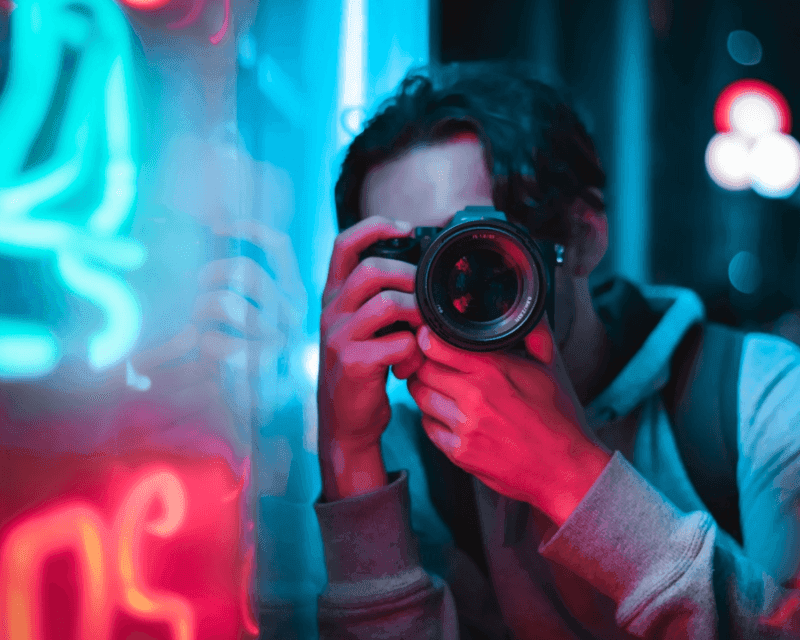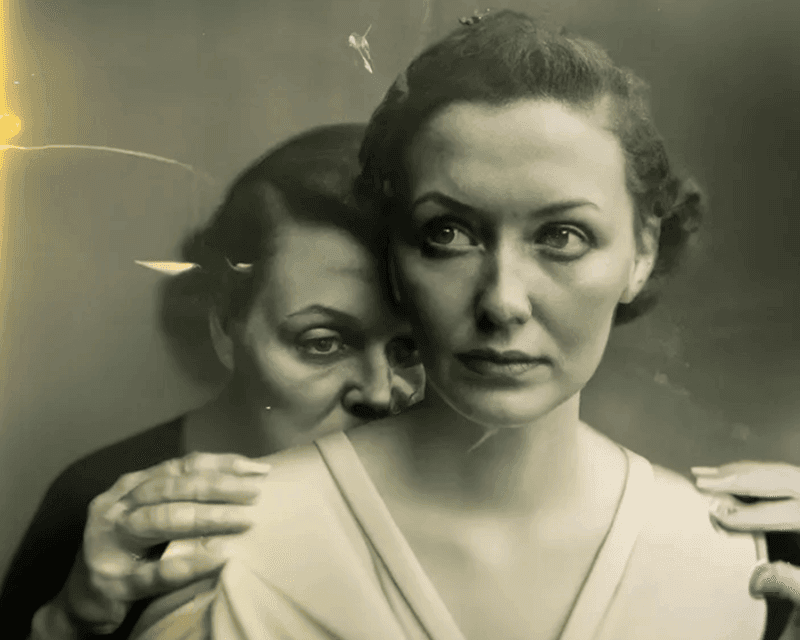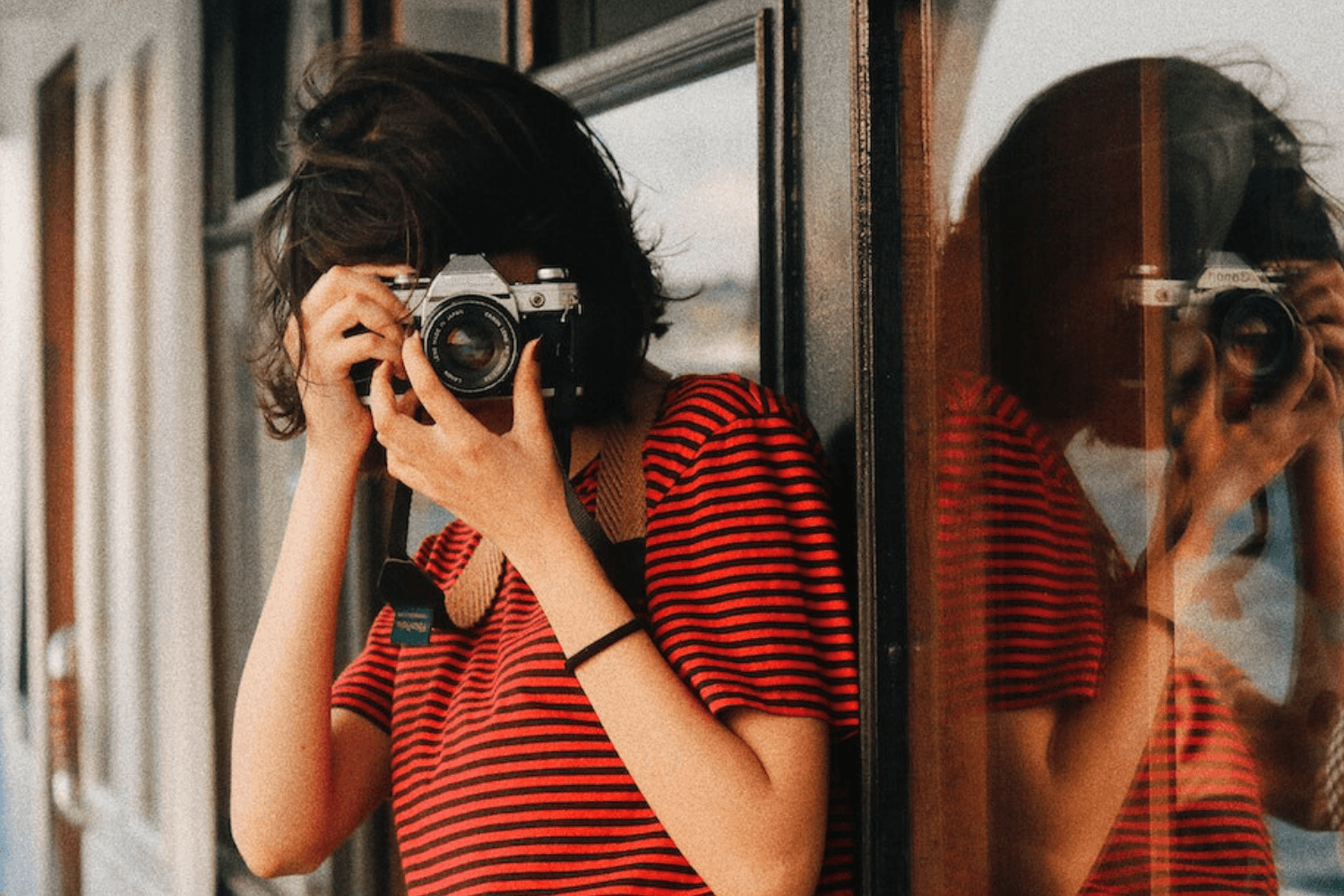Globetrotters: A Photographer on Assignment in Peru and Bolivia
Carlos Granthon
Mon May 08 2023
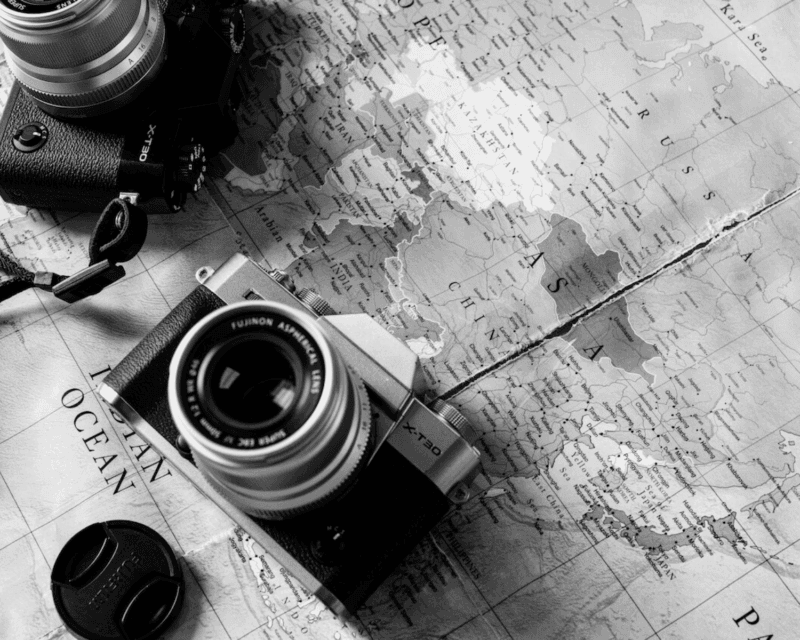
By Carlos Granthon
It was 9:00pm, September 26th, 2008, at the Jorge Chávez Airport, in Lima, Peru. None of us had air tickets, but we had to travel to Bolivia that same night.
A few days earlier, I had been hired to cover “Fair Trade” in Peru and Bolivia. On Monday I met Fiona Ritchie Walker, an experienced British journalist, who would be working alongside me on an assignment that would take us through the high Andes.
At that time Bolivia was ruled by Evo Morales and was experiencing a period of political upheaval which meant it was not the easiest place to get a last-minute flight into.
Even so, we turned up at the airport without tickets or reservations, determined to get to Cochabamba city in Boliva that same night. After some delicate negotiations at the airport counter, we finally managed to get seats on the last flight to the Bolivian capital, La Paz.
La Paz to Cochabamba
Our flight, the last of the night, touched down at around 3:00 am. Once the last security and immigration checks were complete, the airport staff closed their stalls and left. There we were, alone in the dark and empty airport hall waiting for someone from an airline to arrive so we could book our connecting flight from La Paz to Cochabamba.
At 13.325 feet above sea level, La Paz airport is the highest commercial airport in the world and it wasn’t long before a member of our party began to complain of a severe headache. To make matter worse, when the airline finally staff arrived, they told us the first flight to Cochabamba was already fully booked. We were placed on a waiting list.
As luck would have it, fifteen minutes before departure we were given a “green light” to board. We ran to check in our luggage, pay for our tickets, and cross the airport at full speed through an obstacle course of rigorous inspections. Against all odds, we made it just in time.
The flight was in an old Boeing 727, which looked like it had been retrieved from the junkyard of the now-defunct Lloyd Boliviano. Since I didn’t get a window seat, I was never completely sure if the plane really managed to take off or if we just made the trip by road.
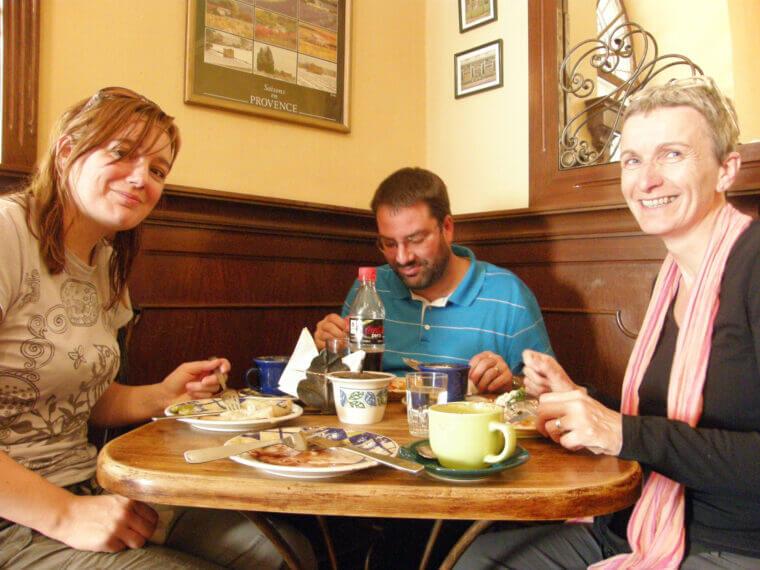 Hilary (L), Zenen(C), Fiona(R) at the “Le paris” in Cochabamba, Bolivia. Photo by Carlos Granthon
Hilary (L), Zenen(C), Fiona(R) at the “Le paris” in Cochabamba, Bolivia. Photo by Carlos Granthon
The glass factory
After several days in Cochabamba, we began our assignment with a shoot at a factory for recycled glass products, where I struggled to make portraits of workers while sweltering in the heat emitted by the glass melting ovens which ran at temperatures of 1,200 ° C. The shoot ended up costing me part of my left eyebrow and a half-melted battery cover.
The next stage of our assignment meant moving deeper into the Bolivian highlands.
Though nowhere in Cochabamba accepted travel checks and credit cards, the ever-resourceful Fiona managed to rent a 4×4 for the next leg of our trip and Marcelo (the owner of the glass factory) kindly offered to be our driver and guide.
Oruro and Challapata
First stop was the town of Oruro, on the edge of the Bolivian highlands, where we stayed in an old but pleasant hotel. Fiona said the long dark corridors reminded her of the movie “The Shining”. Little did she know, this was among the better hotels she would encounter on this trip.
The next day we pushed deeper into the highlands, heading south along the shores of the spectacular Lake Poopo. By mid-morning, we arrived in Challapata, a remote village where we conducted interviews and took pictures in a brand-new quinoa processing plant funded by the Iranian government.
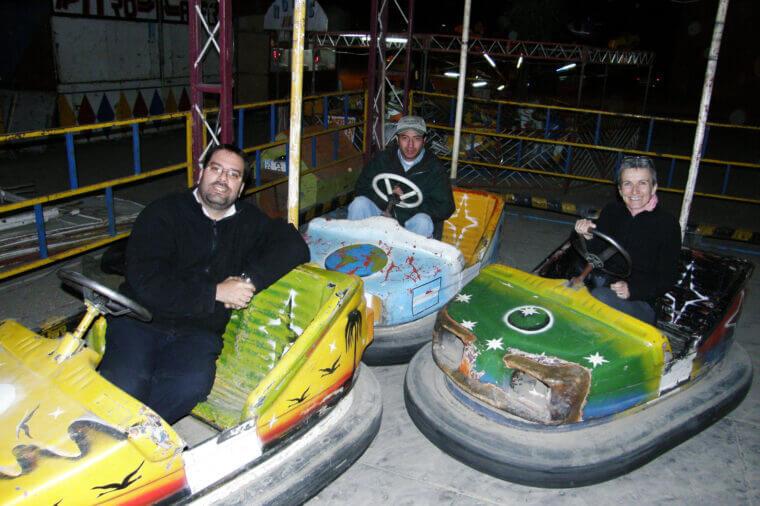 Zenen(L), Marcelo(C), Fiona(R), at Challapata. Photo by Carlos Granthon
Zenen(L), Marcelo(C), Fiona(R), at Challapata. Photo by Carlos Granthon
A hotel to remember
Everything was going smoothly until it occurred to us that we needed a hotel for the night. The locals recommended a place called the “Residencial Virgen del Carmen” which we eventually found at the end of a narrow alley between two stores leading to an inner courtyard. In the window of the reception a couple of signs had been posted to welcome arriving guests:
“There are no outlets, there is no television, there is no breakfast service. Do not insist!” said one. The other gloomily informed potential clients that “The shower service costs 5 bolivianos, and only run from 7 to 10 am with a maximum of 10 minutes.” My room was so narrow that I’m sure they had to make the bed first and then build the room around it. The worst part was that there were only two semi-bathrooms for more than 20 rooms. One of the bathrooms had a full door, the other had only half a door, and no light! Of course, the toilet only worked with a “jug” which had to be filled with water from a barrel half a yard away.
At least we had a place to sleep.
Leaning over the interior railing of the third floor of the hotel, we stayed up talking until midnight. This was a somewhat uncomfortable situation as we had to witness the guests enter the common bathroom, flashlight in hand, in full view of all the rooms, and then see (and count) how many “jugs” of water were needed for each task. A humiliation I was fortunate enough to avoid.
The final leg in Bolivia
The following day, having had little sleep, we travelled into the vastness of the highlands.
We approached the Uyuni salt flats from the north side, making our first stop at “Las Salinas” for breakfast. From there we continued to the slopes of the Tunupa volcano – the largest Salt Lake in the world (at 12,000 feet above sea level). Here, we interviewed some quinoa producers. At noon, after crossing the endless, marble-white platform of the salt flat on the north side, we arrived at Llica; another town where quinoa is grown just a few kilometres from the western mountain range that serves as the border with Chile.
Our assignment completed, we returned to the relative luxury of a hotel with en-suite bathrooms in Cochamba. Predictably, our flight to Lima, on the same old Boeing 727, was delayed meaning we arrived in La Paz just in time to miss our connecting flight to Lima.
Getting back to Peru
Happy to give the old Boeing a miss, we decided to head for Cuzco, the nearest big city with an airport in Peru. Travelling overland, we reached Cuzco just before midnight, after a 600-kilometre journey involving a medley of taxis, and local bus-trucks that smelled of llamas and sour milk.
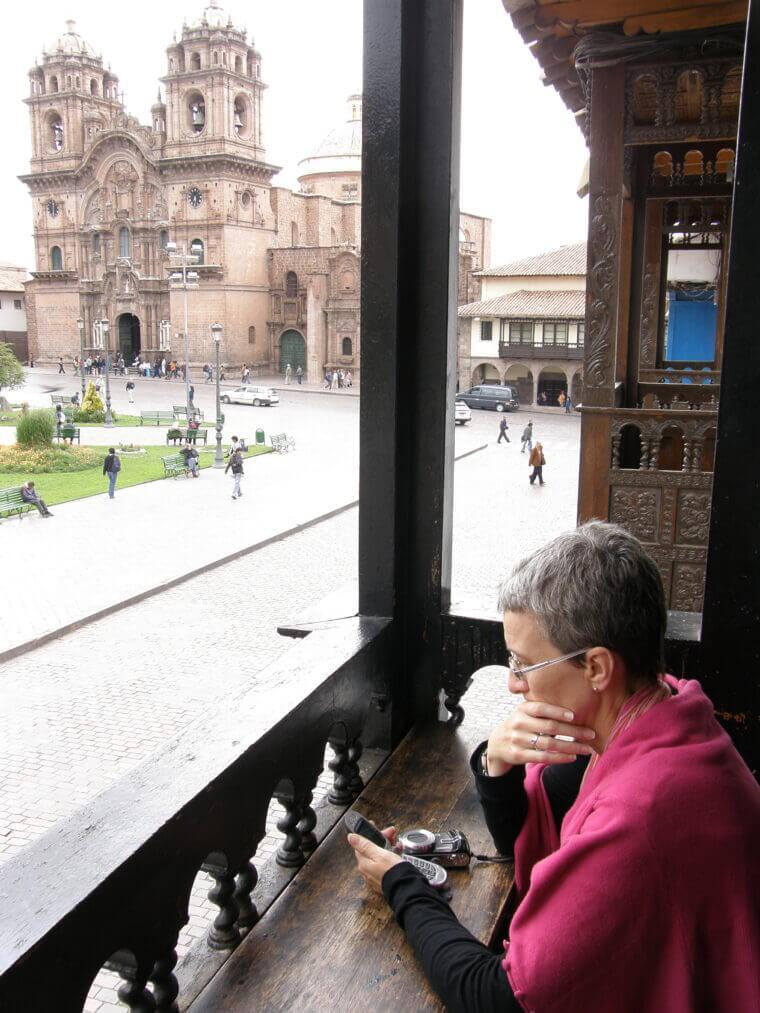 Fiona texting at the “Globetrotters” restaurant balcony , Cuzco main square. Photo by Carlos Granthon
Fiona texting at the “Globetrotters” restaurant balcony , Cuzco main square. Photo by Carlos Granthon
The next day, Fiona and her mysterious overseas contacts managed to secure tickets back to Lima where we spent two days interviewing and photographing artisans on the outskirts of Lima, before travelling to Piura in the north of Peru for another three days of interviews.
On October 14th, two and a half weeks after our adventure began, we awoke to rain which was not only terrible for pictures but also highly unusual for this desert area. Someone ‘kindly’ told Fiona she didn’t travel to places with bad weather, but that bad weather travelled with her.
We celebrated Fiona’s birthday on the bus back to Lima, and she left for the UK the next morning.
She never mentioned returning to Peru.
Final thoughts
As I write these memories some 15 years on, Fiona, with whom I still maintain some contact, has left journalism and is now an award-winning poet in Scotland. For my part, I continue to travel and photograph in my home country of Peru where, no doubt, many adventures still await.
Written by Carlos Granthon | Carlos is a Photojournalist and accredited correspondent, based in Peru, for various international media
Cover image by Fujifilm North America
To read more helpful articles on photography, check out our blog page.
Join our growing photographer community at LightRocket and get powerful archive management and website building tools for free!
